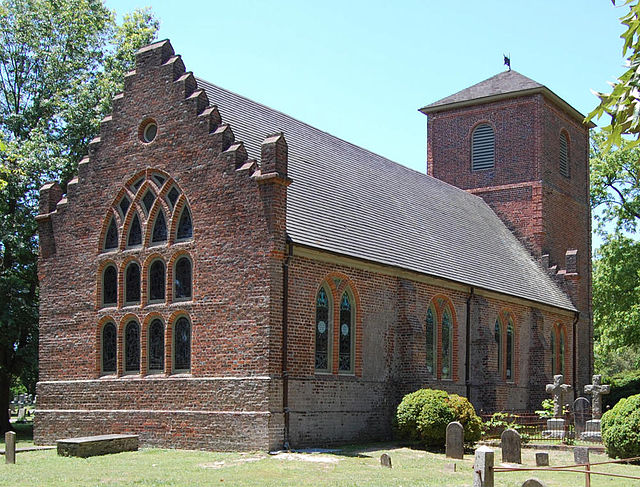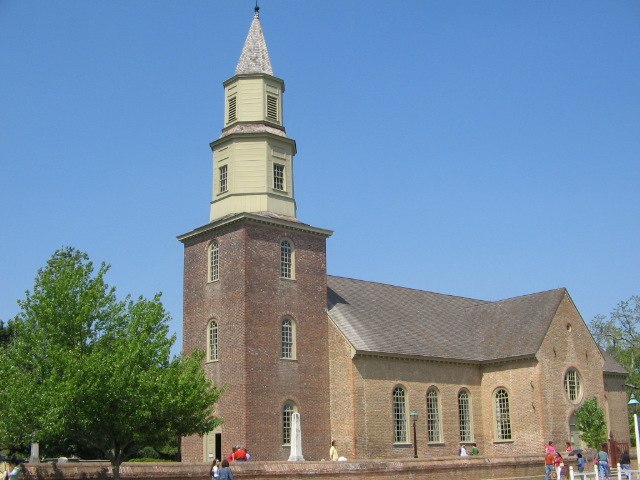Episcopal Church in the Philippines
The Episcopal Church in the Philippines is a province of the Anglican Communion comprising the country of the Philippines. It was established by the Episcopal Church of the United States in 1901 by American missionaries led by Charles Henry Brent, who served as the first resident bishop, when the Philippines was opened to Protestant American missionaries. It became an autonomous province of the Anglican Communion on May 1, 1990.
The emblem of the Anglican/Episcopal Church in the Philippines when it was still a missionary province under the Episcopal Church in the United States
The Cathedral of St. Mary and St. John in Manila (1923), before it was destroyed in World War II
Rev. Gouverneur Frank Mosher, the Bishop of the Episcopal Church in the Philippines from 1920 to 1941
The interior of the modern National Cathedral of the Episcopal Church in the Philippines, dedicated to Saint Mary and Saint John
Episcopal Church (United States)
The Episcopal Church (TEC), based in the United States with additional dioceses elsewhere, is a member church of the worldwide Anglican Communion. It is a mainline Protestant denomination and is divided into nine provinces. The presiding bishop of the Episcopal Church is Michael Bruce Curry, the first African American bishop to serve in that position.
St. Luke's Church, built during the 17th century near Smithfield, Virginia – the oldest Anglican church-building to have survived largely intact in North America.
Bruton Parish Church in Colonial Williamsburg, established in 1674. The current building was completed in 1715.
Old North Church in Boston. Inspired by the work of Christopher Wren, it was completed in 1723.
Trinity Church in Swedesboro, New Jersey. Originally serving a Church of Sweden congregation, it became an Episcopal church in 1786, when this building was completed.








